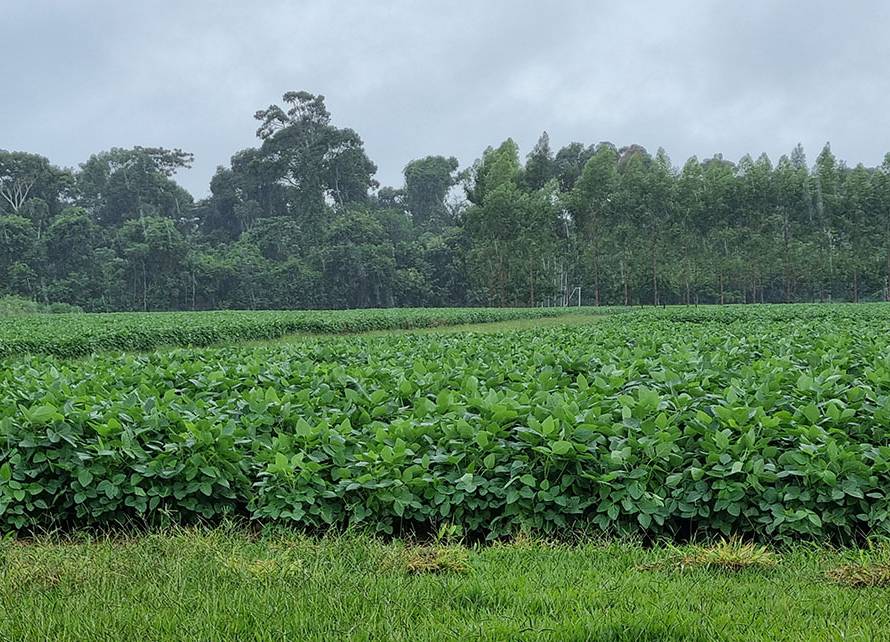High humidity during the soybean harvest period has made it difficult to carry out activities in the field and compromised the quality of the grains. According to an analysis by the Mato Grosso Institute of Agricultural Economics (Imea), Brazilian soybean exports registered a significant drop in January 2025, totaling 1.07 million tons – a reduction of 62.43% compared to the same period in 2024. The delay in harvesting and the difficulty in accessing crops due to rain are determining factors for this scenario.

Photo: Jaelson Lucas
In addition to the logistical and commercial impacts, excessive rain can directly affect the quality of harvested grains. Humidity favors seed deterioration and increases the percentage of burnt grains, increasing the incidence of pathogens and reducing the value of production on the market. Gustavo Zimmer, product development consultant at TMG, highlights the importance of efficient planning to overcome these impacts. “Choosing cultivars with greater tolerance to rain during harvest, using different cycles from germination to harvest, which allows for staggered harvesting, and adequate phytosanitary management are measures that help minimize damage,” he recommends.
Strategies that contribute to reducing impacts
The correct application of fungicides, with the right choice of product and at the right time, protects plants against infections and maintains crop health. Soil analysis and nutritional balance are also points of attention. “Well-managed crops, with balanced nutrition, result in more vigorous, healthy plants with better grain filling, improving their tolerance to adverse weather conditions. In this way, proper management strengthens the structure of grains and pods and reduces excessive moisture absorption by the grains,” explains Zimmer.
The use of cultivars with different maturity groups is also an excellent strategy to mitigate losses caused by burnt grains, allowing the optimization of the operational capacity of each farm, allowing the scaling of operations and minimizing the time between the physiological maturity of the grains and harvest.
Genetic tolerance to deterioration in the field is an important criterion in choosing cultivars, especially in tropical regions where rainfall occurs frequently during harvest. “There are some factors that affect this tolerance, such as the thickness of the tissues that form the pod. The thicker they are, the greater the protection of the grain against absorption and excessive loss of moisture,” he says.
Varieties with higher lignin content, a characteristic that is also influenced by the availability of nutrients such as copper and boron, and thicker seed coats, according to Zimmer, have better storage in the field, making the grains more resistant to deterioration while awaiting harvest. “By combining cultivars with tolerant genetics and management strategies, producers can reduce the impacts of excessive moisture during harvest and ensure greater grain quality and profitability in soybean production,” he emphasizes.





